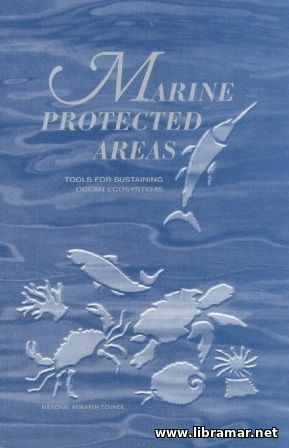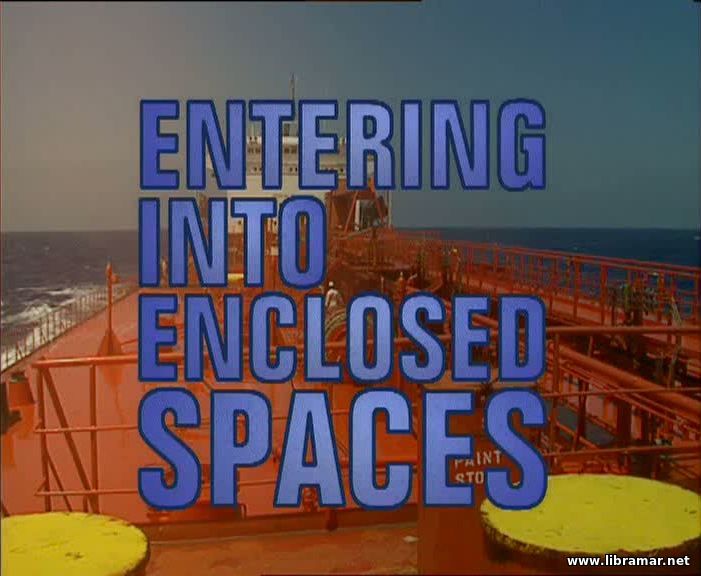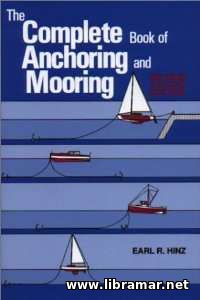Basics of Fighting Liquefied Gas Fires
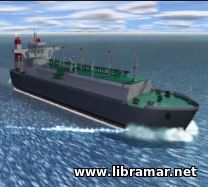
Gas - LNG, LPG, methane, propane, butane - all valuable products compressed, or cooled, into liquid to make it hundreds of times smaller. It is transported safely in more than a thousand vessels around the world. It is safe when contained. But, when it escapes, it mixes with air with such low flash points and all it takes is a small source of ignition. It the fire is not contained rapidly, the results are potentially catastrophic.
Fire - four letters to describe very serious problem, four letters to describe the solution. Find It - Inform - Respond - extinguish. Finding a fire is relatively simple. But better still to detect escaping gases before they ignite. The problem is that both LPG and LNG are odorless and colorless. However, as the vapor is cold, it will cause a visible mist and will flow downhill like water. But the 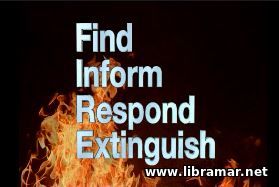 flammable gas cloud, especially with LPG, may extend well beyond what can be seen, and any flame will travel back to the source.
flammable gas cloud, especially with LPG, may extend well beyond what can be seen, and any flame will travel back to the source.
There are important differences between LPG and LNG vapor. LPG is heavier than air so it flows downhill and stays on the ground. LNG initially flows downhill and then rises as it heats up. So, the ignition risks for each may be different.
The IMO IGC Code specifies that vessels must have fixed detection alarms set at no more than 30% of the lowest flammable limit in the enclosed areas such as cargo, machinery rooms, accommodation blocks etc. Some systems are designed to shut down automatically at 60% LFL. Terminals also have vapor and fire detection systems and their firefighting and mitigation systems will be installed according to local requirements.
Vessel crew and terminal staff should keep each other fully informed about any fire or potential hazard. If you find a fire or ignited gas, it’s important to raise the alarm immediately. The ship’s master or terminal manager will then inform those who need to know, such as the fire brigade and the port authority. Most vapor emissions and liquefied gas spills do not result in fire. On both terminals and vessels electrical equipment is suitable for use in hazardous areas and should not cause ignition.
Should these mitigation measures fail to prevent ignition, there are two main types of fire that could result - pool fires, which are often in contained areas, and jet fires, which are often caused by a failure of a pressurized valve, a pump or a pipe. Pool fires are 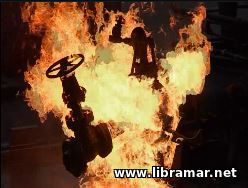 normally tackled first as these can cause the failure of pipes and valves, and re-ignite extinguished jet fires.
normally tackled first as these can cause the failure of pipes and valves, and re-ignite extinguished jet fires.
Respond quickly – time is of the essence in firefighting. Both vessel and terminal start their fire pumps. Deluge systems, water curtains and foam generators are brought into action to restrict the effects of the fire. Water spray can be used for boundary cooling, create a flame barrier or to disperse the vapor cloud.
If one tank is on fire, nearby tanks will be protected with the deluge system. The source of the gas is located and cut off remotely, if possible. Firefighting teams are mustered and correct PPE including BA’s is prepared. Hoses are run out and crew is moved to the firefighting positions. Now comes the crucial decision, whether to extinguish or control burning and then extinguish.
The decision taken will depend on individual circumstances such as whether the fire is heating vulnerable machinery, pipes, valves, or storage. Will heat damage these and create further gas or liquid escapes? Which is the greater danger – extinguishing and allowing unignited gas top escape, or allow the fire to burn? Often unignited gas is more dangerous than fire as in rare instances it could lead to a vapor cloud explosion. How much gas is likely to escape and where will it? This depends on wind strength and whether it will flow over open water or industrial land. Is it likely to disperse harmlessly or pool somewhere? Potential ignition sources downwind should be considered, such as vessels, port facilities, and houses. Often, a decision is taken to allow the gas to burn off while the source is isolated. A jet fire in a fractured pipe is likely to provide a different set of challenges and pose different questions about the risks.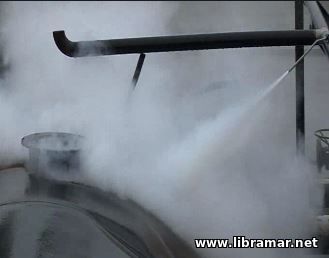
If the valve is damaged and vapor cannot be controlled immediately, the water jet can be used to deflect the flame up to ninety degrees away from the vulnerable systems. Care must be taken not to extinguish the flame. Although ignited gas is often safer than unignited gas, deliberately igniting gas can be very hazardous. There is no knowing how far it is spread and where it has pooled. Every second counts - as containment vessels heat up, liquid gas boils creating ever higher pressures. But LNG and LPG boil in different ways - LPG boils off faster making it harder to control.
If, due to flame impingement, the vessel is weakened and the pressure builds within the tank beyond the point where the pressure release valve can cope, it’s possible to have a boiling liquid expanding vapor explosion. When unignited vapor is confined, or contained, it is also possible to have a vapor cloud explosion.
There are other important differences between these gases. LNG is stored at -162 degrees – it is so cold it can crack steel plates and cause severe frostbite. It can also reduce the effectiveness of protective clothing. It also burns very cleanly, with less visible 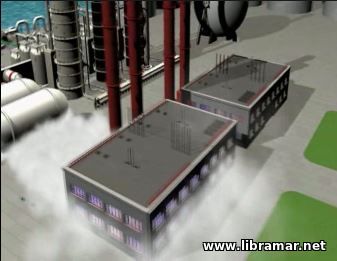 flame. Its greater radiant heat makes to more difficult to get close to the source of the fire.
flame. Its greater radiant heat makes to more difficult to get close to the source of the fire.
Whether the fire is caused by LNG or LPG, the surfaces heat up beyond 200 degrees Celsius and water droplets are deflected by the steam layer and so become less effective. The longer the fire has to create heat, the more difficult becomes controlling it. So, all firefighting equipment and clothing should be stowed for rapid access, and staff must be aware of its location…
To be continued...
The "Read Later" function allows you to add material to this block with just one click. Just click on the icon and read the articles that interest you at any convenient time.
